Discover Casa Batllo: Gaudis Masterpiece in the Heart of Barcelona
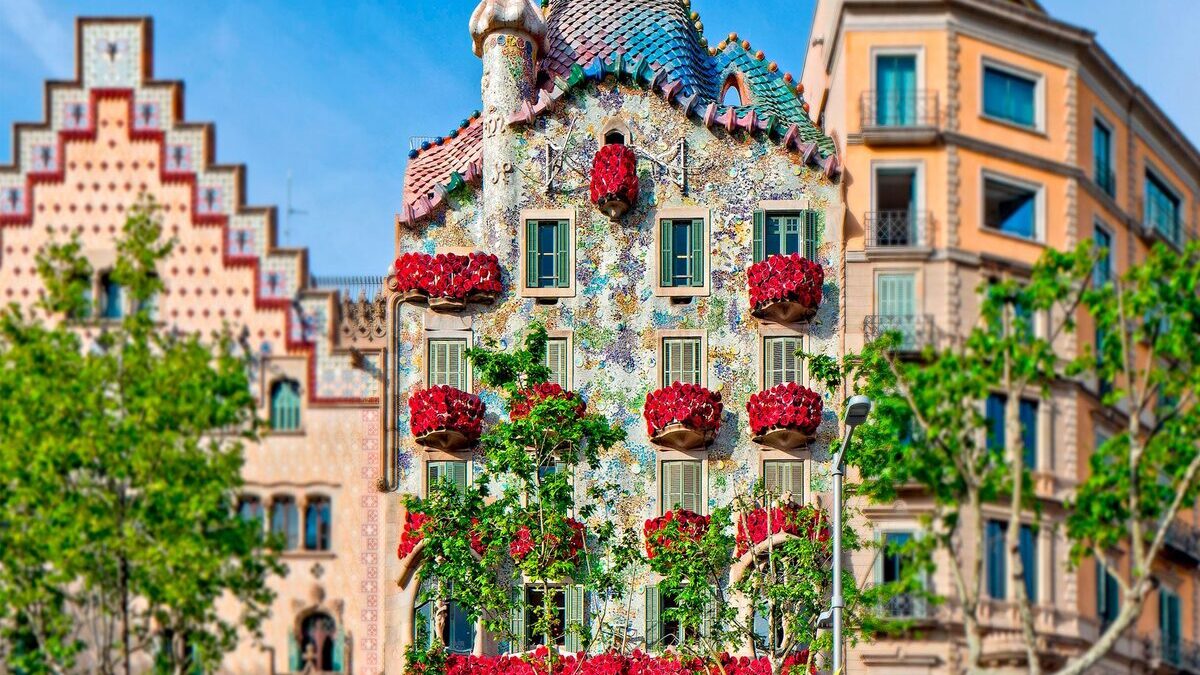
Discover Casa Batlló: Gaudí's Masterpiece in the Heart of Barcelona
Discover Casa Batlló: Gaudí’s Masterpiece in the Heart of Barcelona
Casa Batlló, one of Antoni Gaudí’s most acclaimed works, is a testament to his boundless imagination and innovative architectural techniques. Located on Passeig de Gràcia in the heart of Barcelona, this iconic building stands as a stunning example of Modernisme, the Catalan variant of Art Nouveau. Known for its fantastical design, vibrant colors, and organic forms, Casa Batlló is not just a building but an artistic masterpiece that continues to captivate visitors from around the world.
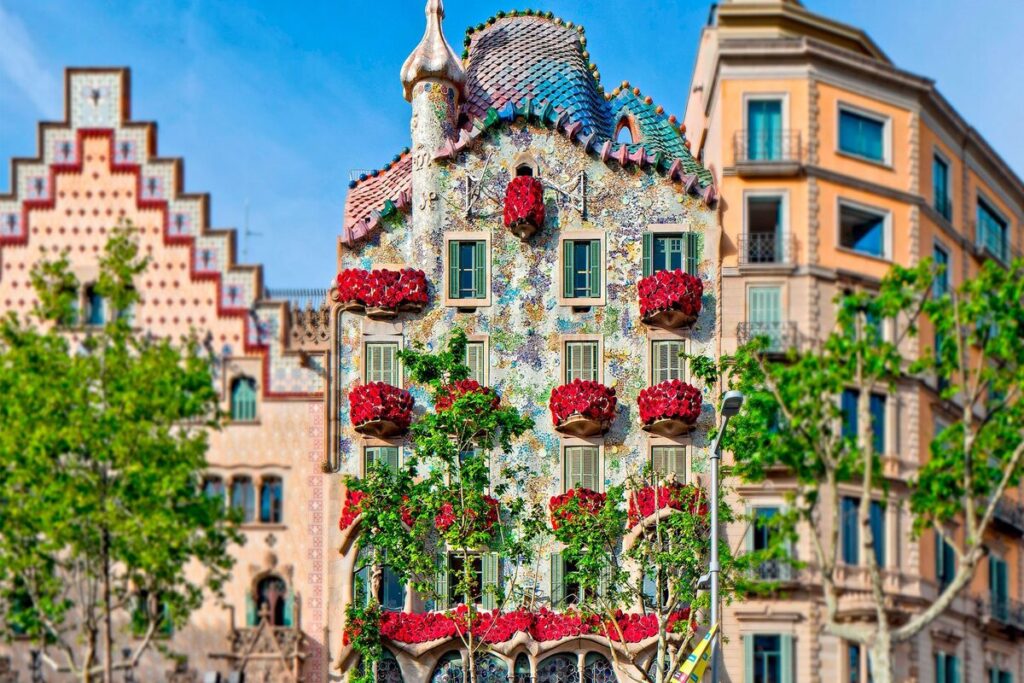
Architectural Brilliance
Design and Inspiration
Casa Batlló was originally built in 1877, but it was in 1904 that Josep Batlló, a wealthy aristocrat, commissioned Antoni Gaudí to remodel the structure. Gaudí completely transformed the facade and interior, incorporating naturalistic and fantastical elements. The facade, made of sandstone and covered with trencadís (a type of mosaic made from broken ceramic tiles), is a vibrant mix of colors and shapes that evoke the surface of a lake with water lilies. The roof is arched and was likened to the back of a dragon or dinosaur, a feature that reflects Gaudí’s deep connection to natural forms.
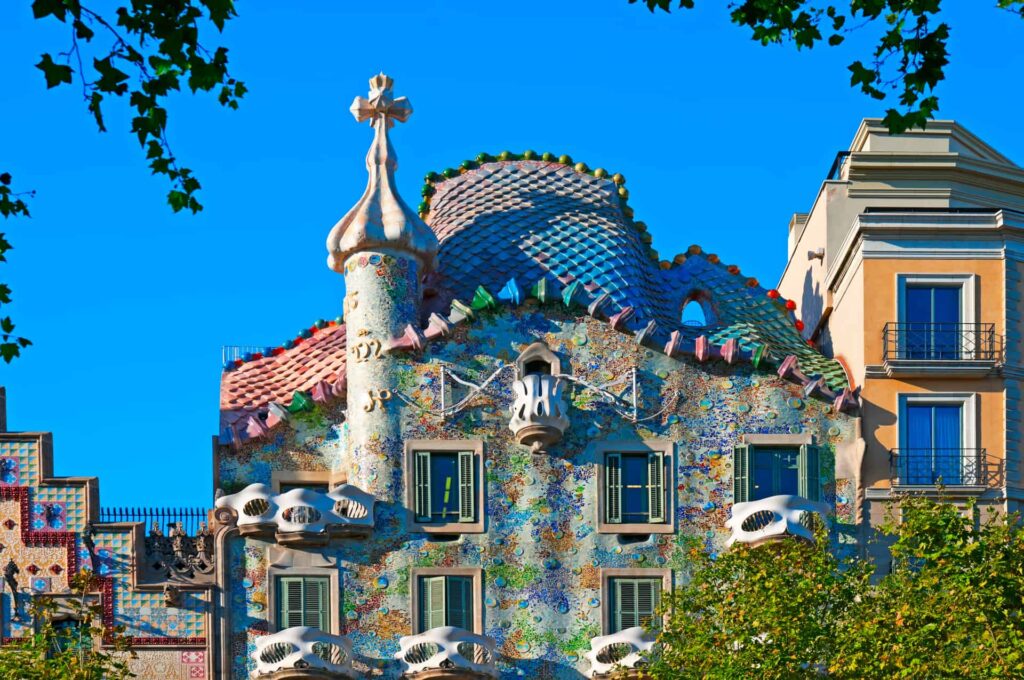
Symbolism and Features
The building is rich in symbolism; from the skeletal organic columns to the skull-like balconies and bone-like window frames, each element showcases Gaudí’s genius in bringing natural shapes into architectural design. The “Noble Floor,” which was once the Batlló family residence, now serves as a museum area and is especially notable for its elaborate decor and intricate carpentry.
A Tour of Casa Batlló
Interior Exploration
The interior of Casa Batlló is just as extraordinary as its exterior. The building’s layout is designed for natural light to flow beautifully throughout the interior. The central light well, originally blue tiles that grow lighter as they ascend, is particularly striking, ensuring that light spreads evenly throughout the building.
Loft and Roof Terrace
The loft, with its simplistic white arches, resembles a ribcage, creating a stark contrast to the vibrant colors and shapes found elsewhere in the building. The roof terrace offers spectacular views of Passeig de Gràcia and features the famous “dragon’s back” design, which is believed to symbolize the legend of Saint George, the patron saint of Catalonia, who slew a dragon to save a princess.
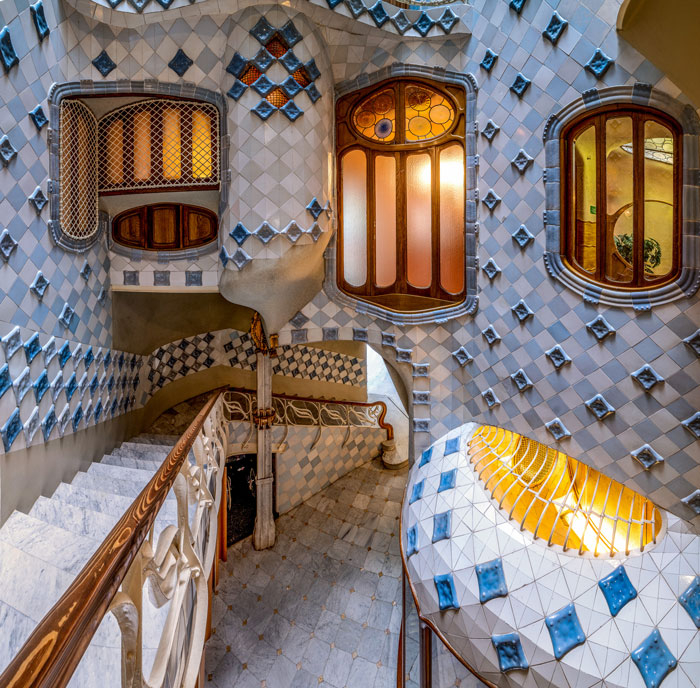
Artistic and Multimedia Installations
Casa Batlló has embraced modern technology to enhance the visitor experience. Augmented reality guides provide insights into Gaudí’s design and show how the Batlló family might have used the various rooms. These installations bring Gaudí’s creative visions to life, making a tour of Casa Batlló both an educational and immersive experience.
Visiting Casa Batlló
Tickets and Timing
Purchasing tickets online in advance is highly recommended as Casa Batlló is one of Barcelona’s most popular attractions. There are several ticket options available, including fast pass entries and night tours, which include live music performances on the rooftop.
Cultural Events
Casa Batlló also hosts various cultural events throughout the year, including concerts, art installations, and temporary exhibitions, which often explore themes related to Gaudí’s work or Modernisme.
Accessibility
The building is accessible to wheelchair users and those with mobility issues, although some areas might be challenging to navigate due to the architectural features.
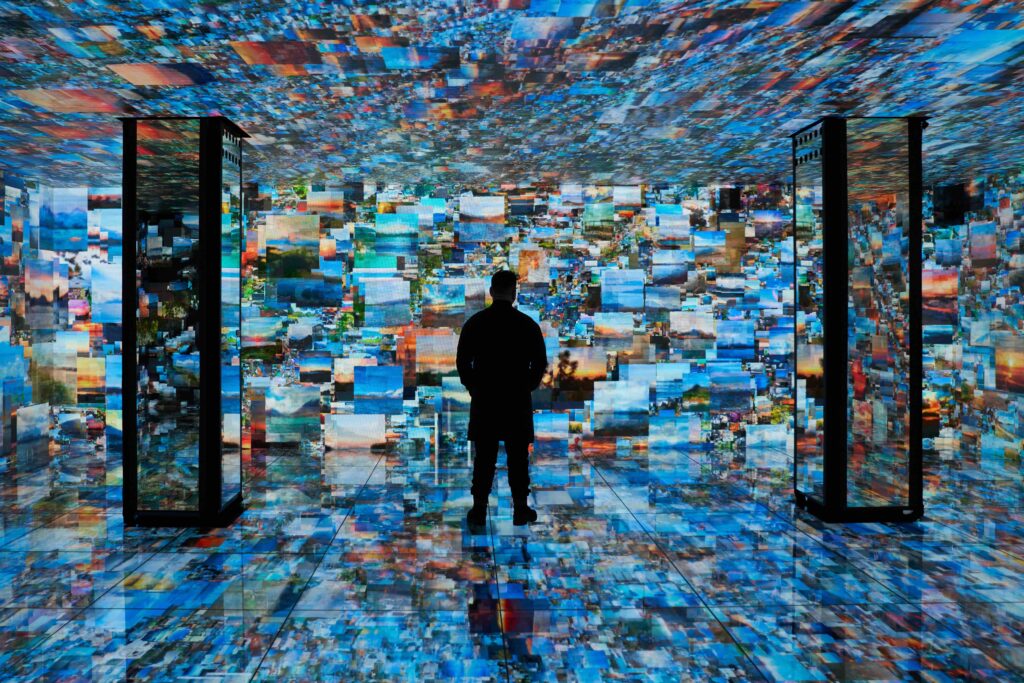
Conclusion
Casa Batlló is not only a key point of interest in Barcelona but also an emblem of Gaudí’s architectural ingenuity and his unique approach to the Modernisme movement. Its fascinating facade and interiors, rich with symbolism and innovative design elements, offer a window into the mind of one of the most inventive architects of the 20th century. Whether you are an architecture enthusiast, an art lover, or simply curious about Barcelona’s cultural heritage, Casa Batlló is sure to offer a memorable and enriching experience.

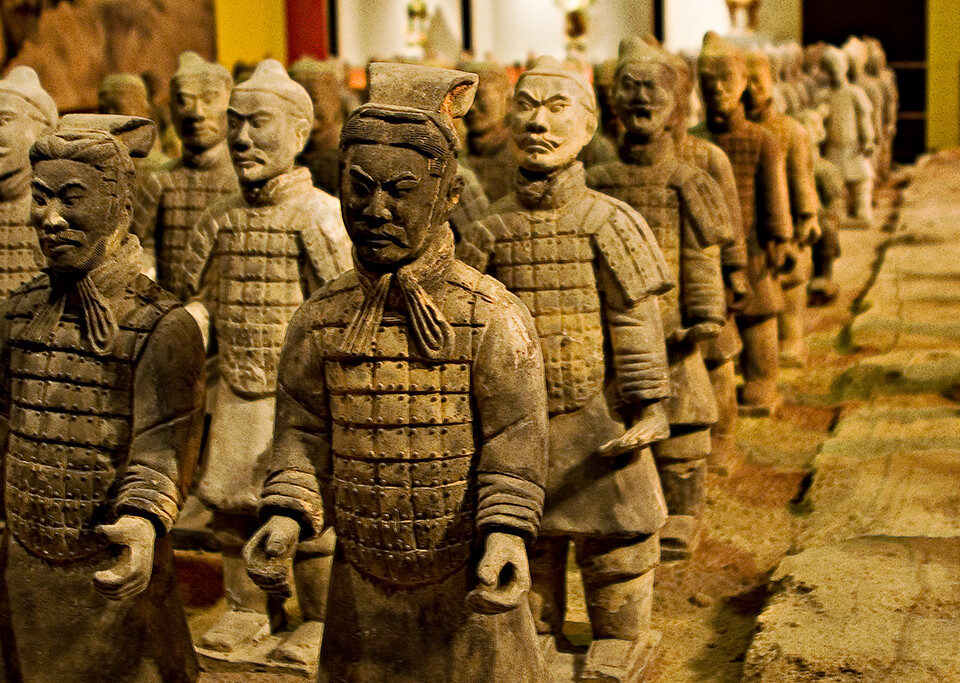
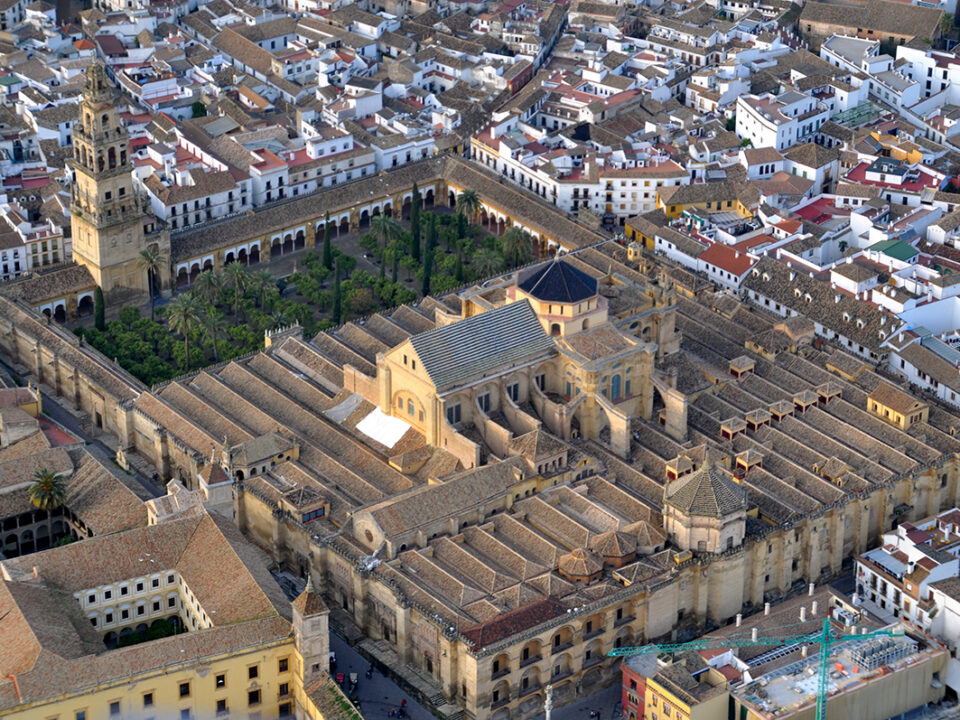

1 Comment
[…] or “el transporte” in Spanish, is an essential part of daily life, connecting people, goods, and services. Learning […]